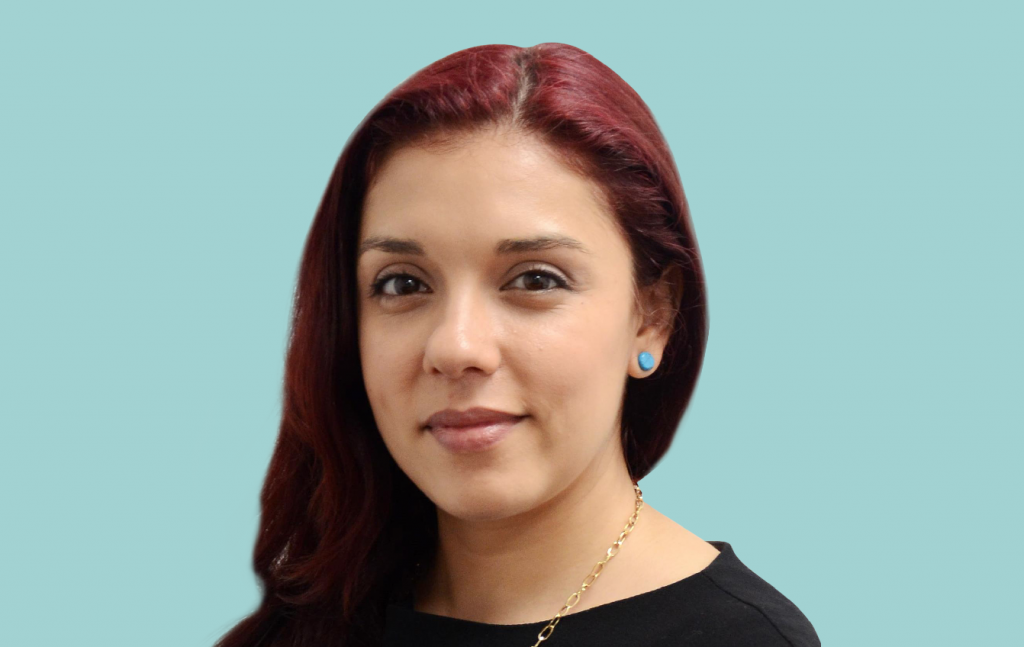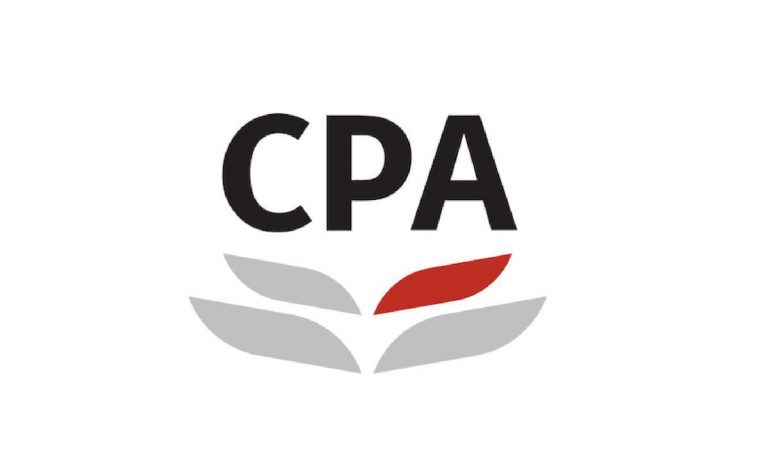The past year has been dominated by the COVID-19 pandemic with the business community concerned about the impacts both current and future. While COVID-19 was in the foreground, environmental, social and governance (ESG) and sustainability emerged in full force. No longer dismissed as a trend, ESG dominated the business news headlines with articles about ESG funds weathering COVID-related market volatility in the first quarter which, according to these articles, shows that ESG results in better returns. Another popular talking point throughout the year was that ESG will be part of the “new normal” in the investment world. Indeed, it seems that the pandemic accelerated interest in ESG with investors either managing risk or seeking investment return in the expected low growth environment.
ESG is a wide-ranging term and investors have diverse sets of interests however, anecdotally I have found that climate exposure very much dominates the conversation and as such, I have had quite a few interesting conversations around the recommendations of the Task Force on Climate-related Financial Disclosures (TCFD) over the past six months. Generally, these begin with some version of “we’re looking to ‘do TCFD’, would you be able to help?” Though this appears to be a simple question with a straightforward answer – “yes, of course we can help” – in fact, it belies a complex and multilayered response that always seems to surprise the person asking.
A company’s dedication to fulfilling the expectations of the TCFD framework depends on so many factors including the level of awareness, availability of resources, internal drive, depth of understanding and the stage of the sustainability journey. At its most basic level, or as a very first step, fulfilling the TCFD recommendations can be a disclosure exercise where companies restructure their communication about climate change and its impacts to align with the TCFD’s four categories – Governance, Strategy, Risk Management, and Metrics and Targets. Through this alignment, companies help investors efficiently locate that information in a standardized format. This disclosure can be one to two pages inserted into the annual sustainability report.
However, there is a misconception that TCFD is simply a disclosure exercise with the expectation that it will be a quick checkbox exercise. While disclosure is the first step, it is not recommended that companies stop there as it does not fulfil investor needs. That is, treating this like a checkbox exercise does not signal a true commitment to assessing and addressing climate risks to ensure business resilience in the face of climate change, which is truly an existential threat for many businesses. Investors want to see evidence of the company’s strategic thinking around climate risks and opportunities to ensure the best long-term returns under hypothetical future climate states. This is where scenario analysis becomes a useful tool in the company’s strategy and risk management toolbox.
The TCFD framework recommends conducting a scenario analysis in line with the latest climate science, coherently covering both categories of climate risks, namely, physical and transition risks. Physical risks are the chronic (e.g. rising temperatures) or acute (e.g. extreme weather events) impacts that affect operations through disruption or direct damage. Transition risks result from the changing operating environment triggered by climate impacts including market and technological shifts, adjustments to stakeholder expectations, and policy and legal shifts. Looking at both risks helps companies examine potential futures, referred to as scenarios, and the actions needed to ensure growth and resilience in these futures.
Given each company’s unique context, the depth of a scenario analysis is variable. I prefer to think of it as a journey that can begin with an initial modest assessment looking at general trends and evolve into a very in-depth research project with detailed plausible development pathways. The timeframe for completing a scenario analysis depends on the level of depth but it is important to highlight that it should not be rushed. As a reference, our team worked with a large corporation headquartered in Hong Kong for 12 months to complete an in-depth transition risks scenario analysis, during which we developed scenarios, assessed climate risks and provided recommendations for enhanced resilience.
I have noted a preference in the market for a physical risk scenario analysis, likely due to the tangible and quantifiable characteristics of these types of risks, however, these analyses often focus on the impact on assets ignoring other potential effects such as supply chain disruptions or impacts on the labour force. As TCFD has pointed out, the feedback loops between physical and transition risks cannot be overlooked. Physical and transition risks should be examined in tandem for a coherent picture of the potential futures. A final point to emphasize is that a scenario analysis is not a one-off exercise. As the science changes and as a company implements actions to enhance resilience, it must reassess the validity of the developed scenarios and adjust as necessary. Communicating the impetus, progress and expected outcomes of this organizational change is what investors are seeking and that would take a lot more than one to two pages in the sustainability report.
So, when a company says they want to “do TCFD”, what they are really saying is we want to begin our climate resilience journey, which is an exercise in change management. It is a long-term and lasting transformation that requires organizational changes in governance that informs business strategy, addresses climate risks through the enterprise risk management process, and monitors progress through metrics and targets. Coincidentally, this fits very well into the TCFD disclosure framework.
















